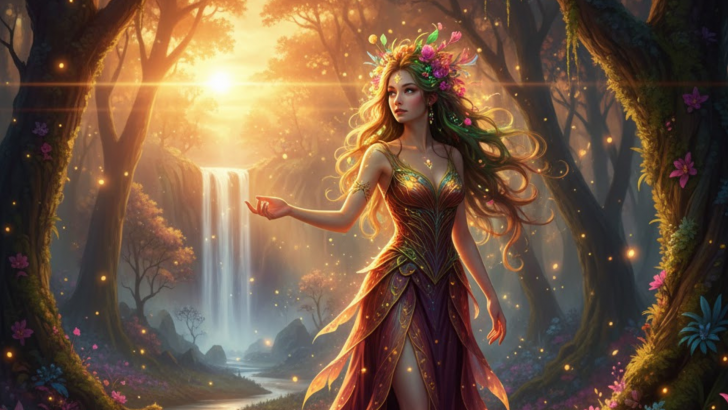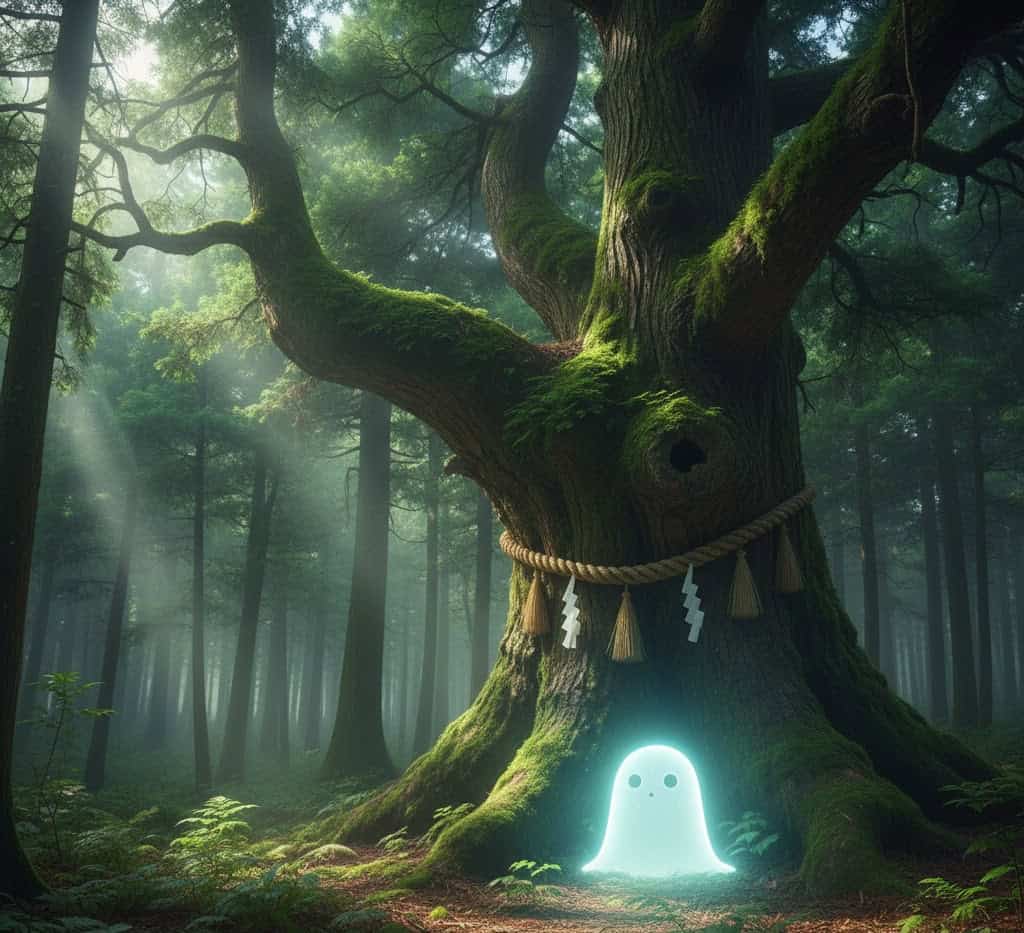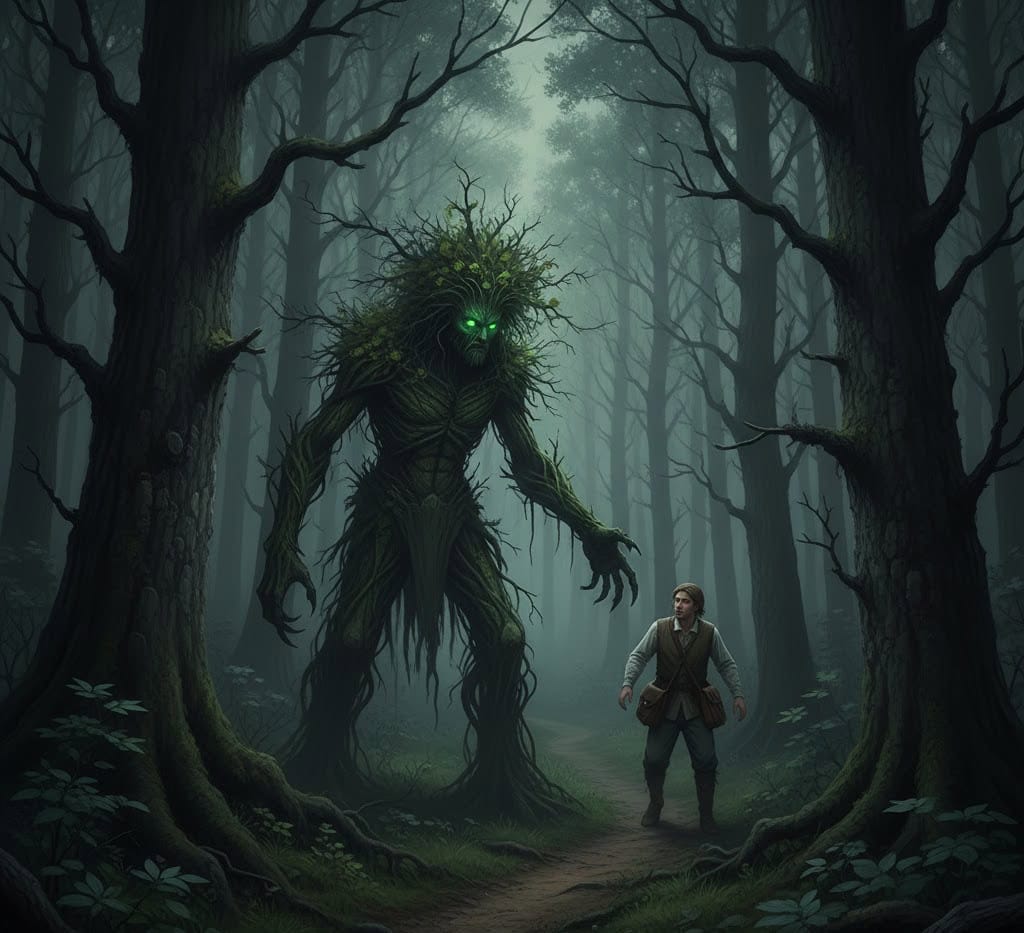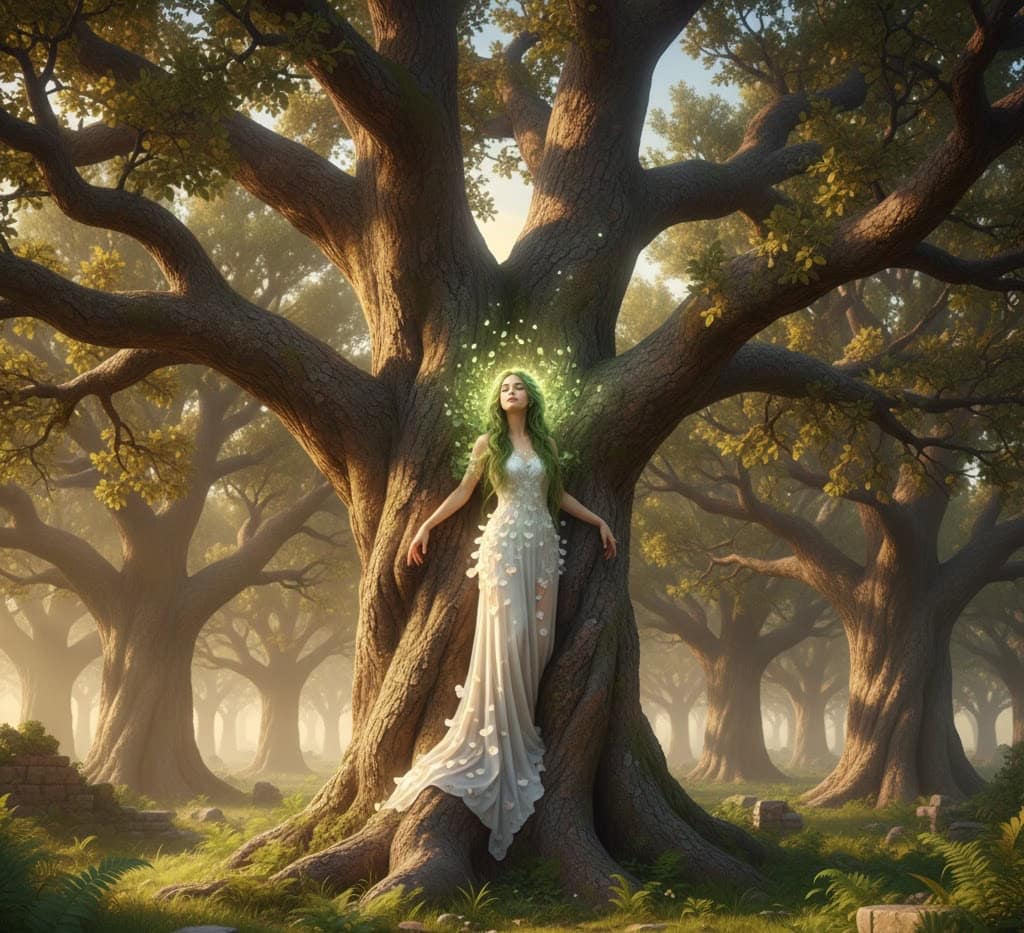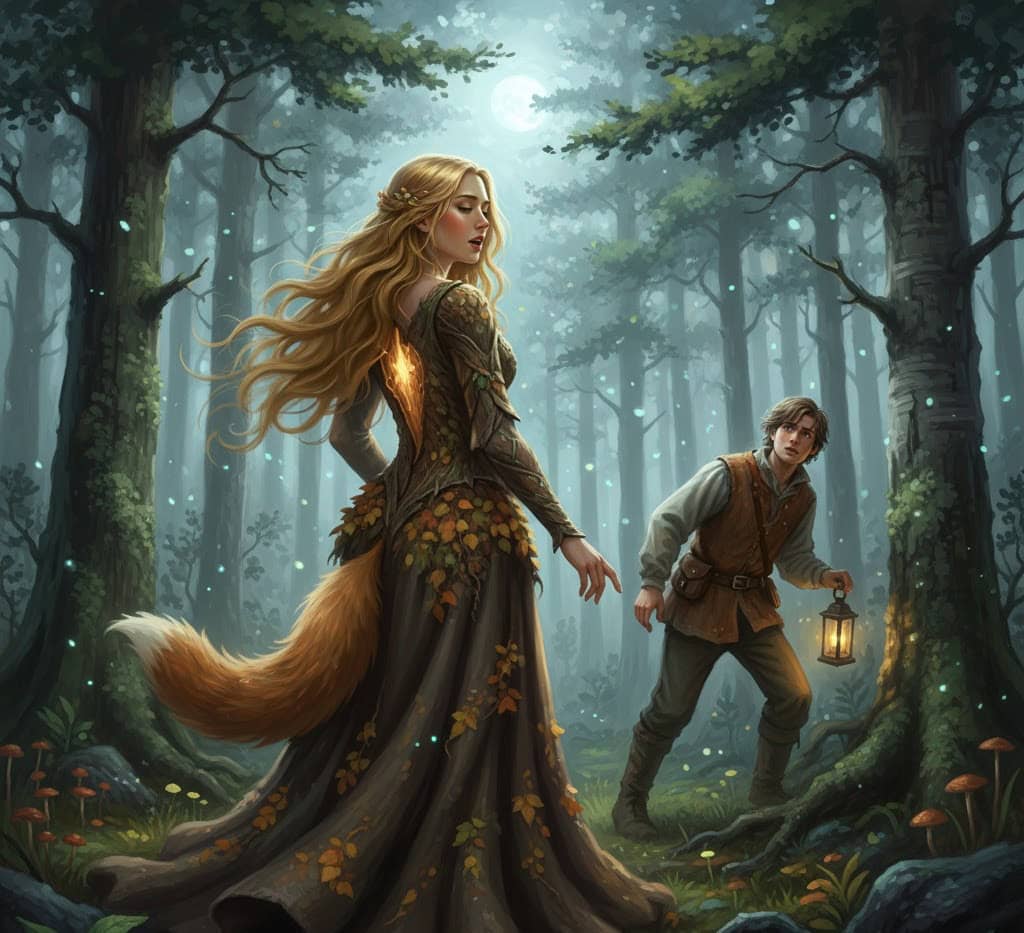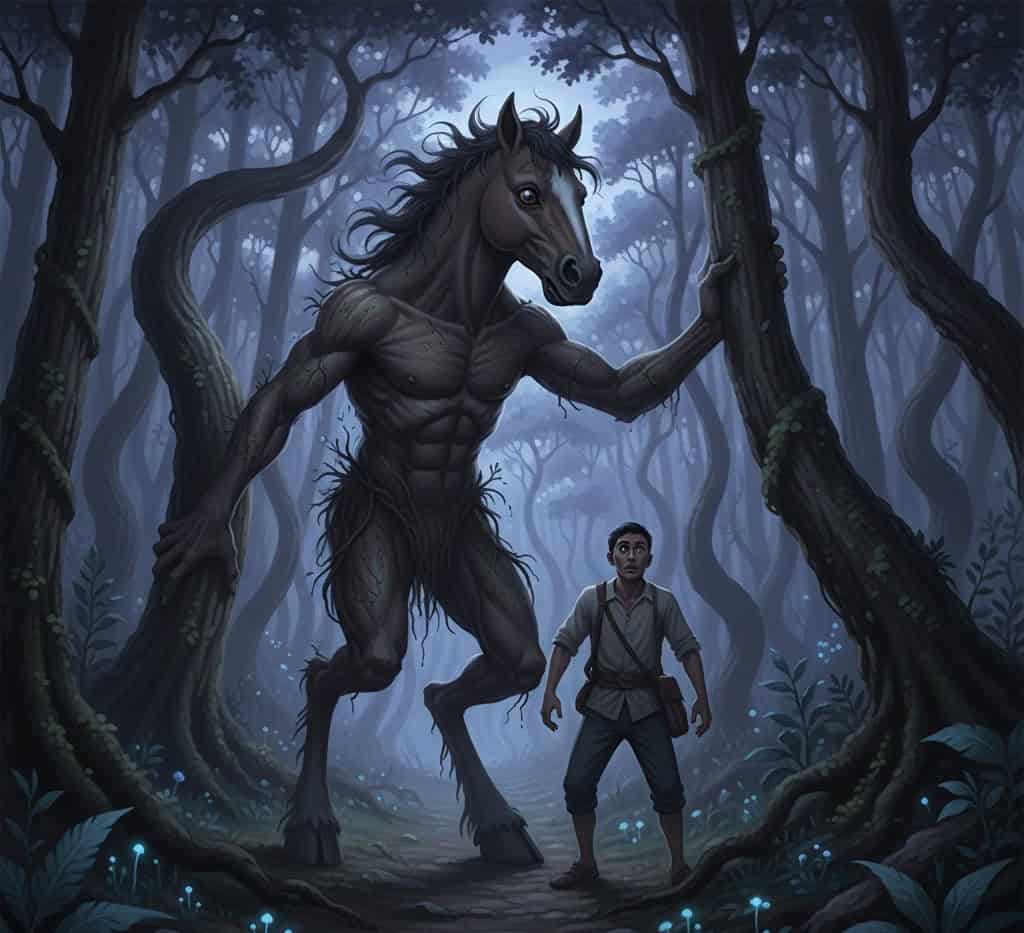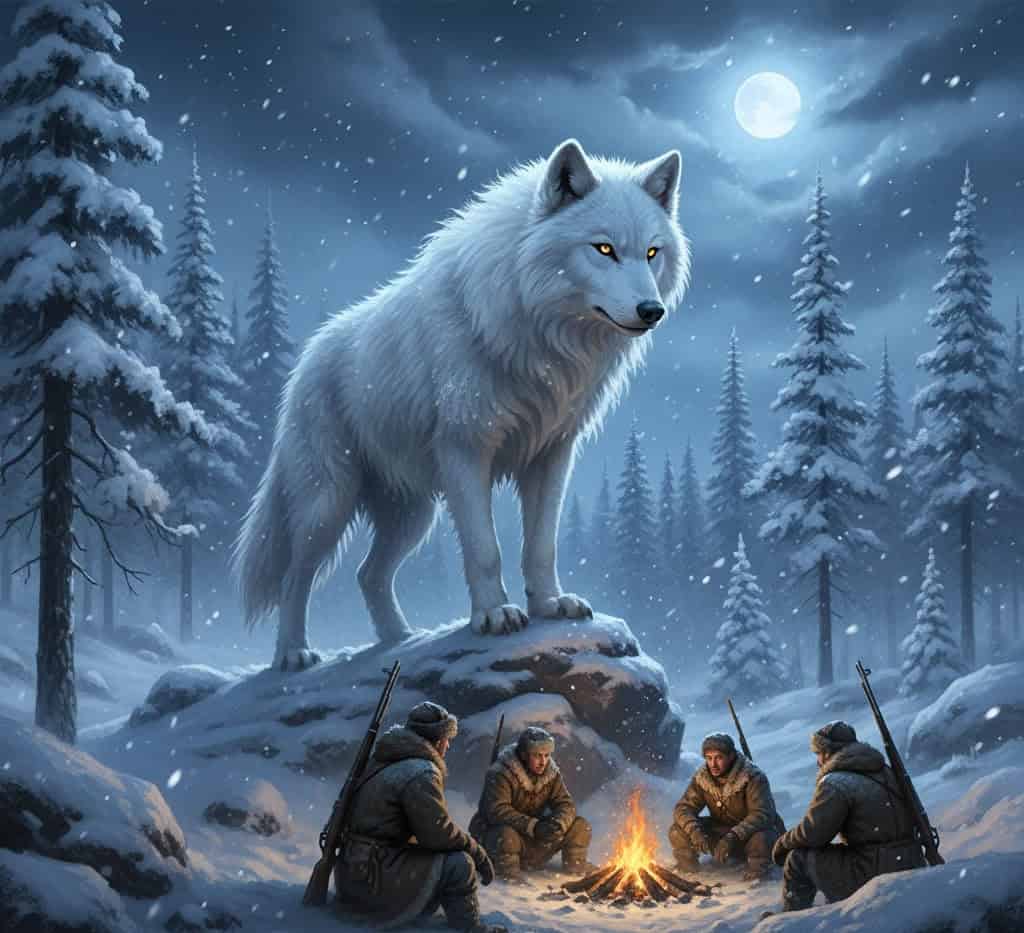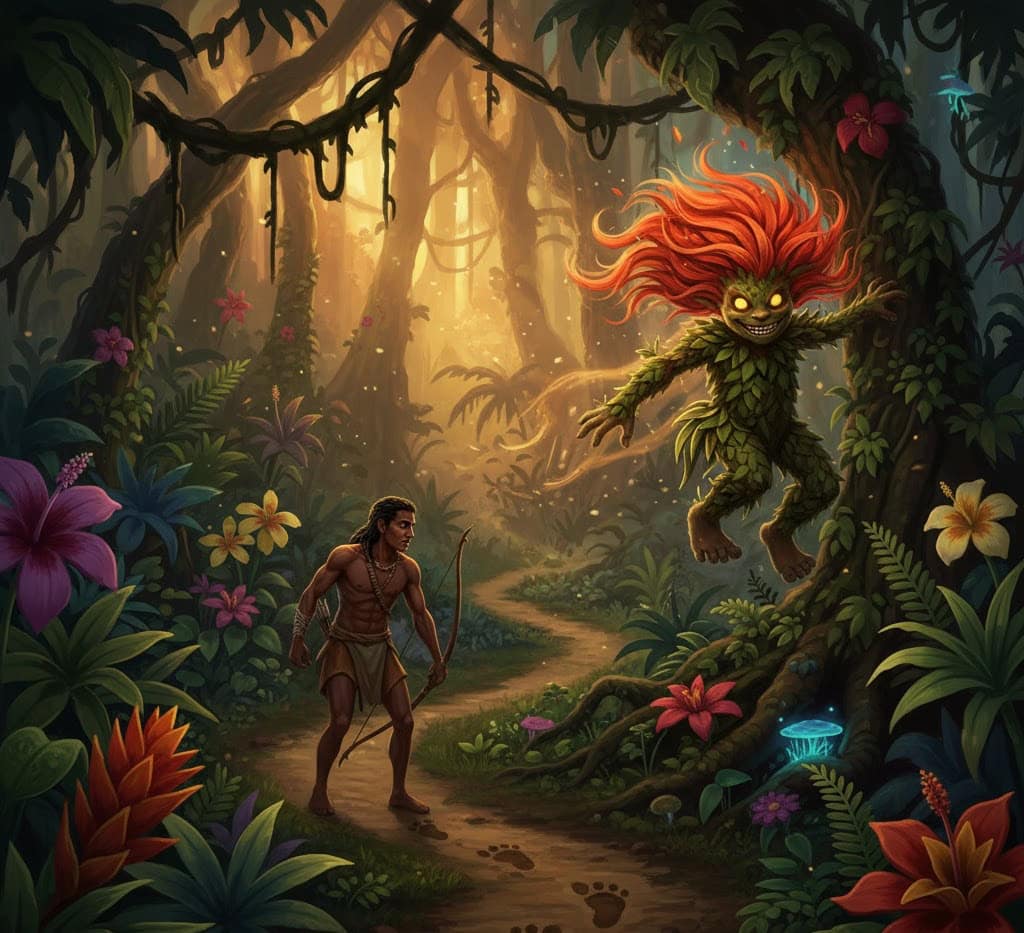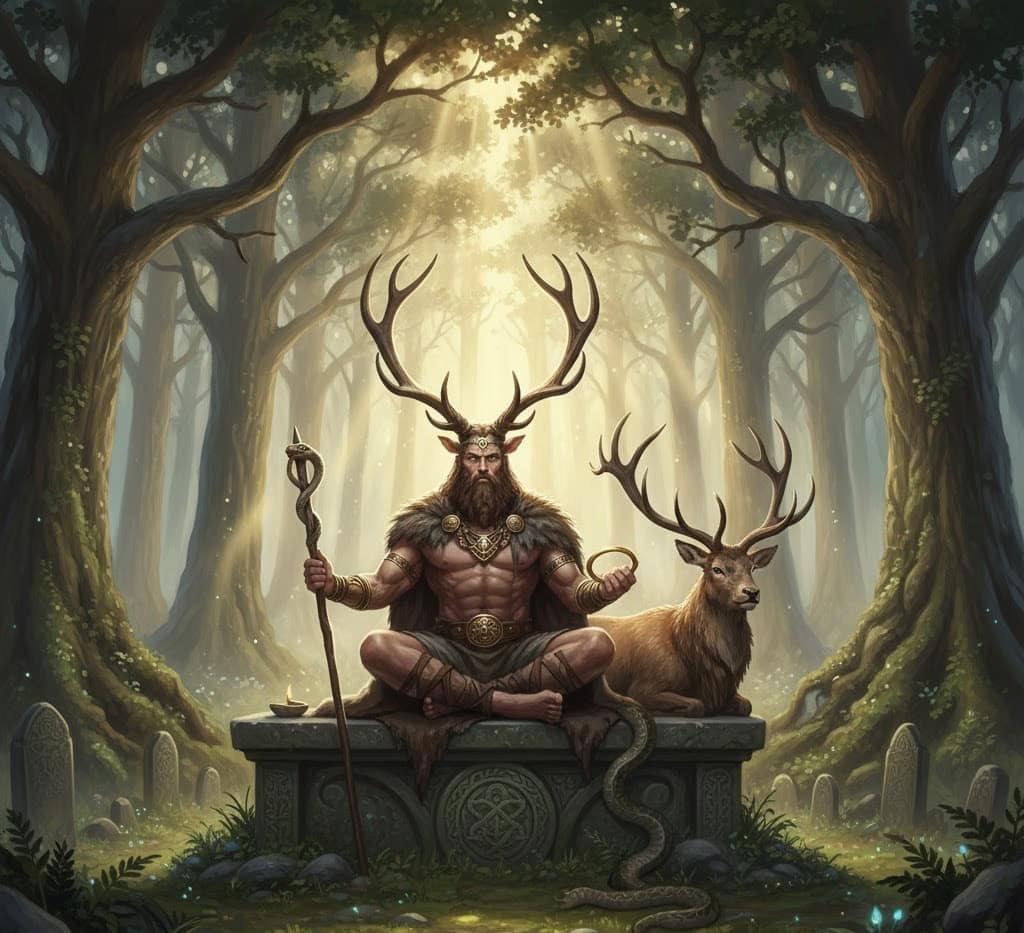Forests have always felt alive. The quiet rustle of leaves, the whisper of wind through branches, and the way sunlight filters through the canopy all give the sense that something ancient is watching.
Across cultures, people have long believed that forests are home to powerful spirits—guardians, tricksters, and mysterious beings who protect the natural world or punish those who disrespect it.
These spirits reflect humanity’s deep connection to nature and our awe of what lies hidden beneath the trees.
Here are ten fascinating forest spirits from around the world and the mysterious roles they play in myth and folklore.
1. Kodama – The Whispering Spirits of Japan
In Japanese folklore, the Kodama are spirits that dwell within trees. These tiny beings are said to live in ancient trunks, and if someone cuts down their tree, disaster is sure to follow.
Travelers who walk through quiet forests sometimes claim to hear echoing voices that mimic their own – believed to be the Kodama responding from the trees.
In Shinto belief, the Kodama represent respect for life and balance in nature. Every tree could be sacred, and this idea encouraged harmony between humans and the forest.
Even today, some trees in Japan are marked with sacred ropes to show that a Kodama resides within, reminding people to walk softly in the woods.
2. Leshy – The Mischievous Guardian of Slavic Forests
The Leshy is one of the most famous figures in Slavic mythology. Known as the protector of the forest, this spirit can change its size at will.
That means shrinking small enough to hide in a leaf or towering tall as the trees themselves.
With green hair, glowing eyes, and a booming laugh that echoes through the woods, the Leshy is both guardian and trickster.
He loves to lead travelers astray, turning paths around so they lose their way. But if treated with respect, the Leshy can be a friend, guiding hunters or keeping wolves away.
In old villages, people would leave bread or tobacco at the forest edge to keep the Leshy happy before entering his domain.
3. Dryads – The Greek Nymphs of the Trees
In Greek mythology, dryads are the beautiful spirits of trees, especially oaks. Each dryad is bound to a specific tree, and her life is tied to its fate.
If the tree is cut or burned, the dryad suffers too. These spirits embody the soul of the forest—gentle, shy, and deeply protective.
They were companions of Artemis, the goddess of the wild, and were known to help travelers who showed reverence to nature.
Ancient Greeks believed that every grove or forest clearing could hold a dryad, so it was wise to speak softly and tread carefully.
The idea of the dryad continues today in stories and art that celebrate the living spirit of trees.
4. Hulder – The Hidden Woman of the Scandinavian Woods
From the misty forests of Scandinavia comes the tale of the Hulder, a mysterious woman who appears human but has the tail of a cow or fox.
The Hulder lures men deep into the woods with her beauty and haunting songs, sometimes rewarding them with luck if they treat her kindly—or punishing them if they do not.
Despite her tricks, she also protects animals and punishes those who harm the forest.
In some legends, she can marry a human and live peacefully among people, but only if treated with love and respect.
5. Jengu – The Water and Forest Spirit of Cameroon
In the mythology of the Sawa people of Cameroon, the Jengu are spirits that dwell between rivers and forests.
They are often described as mermaid-like beings with long hair and sparkling eyes, guiding people through both water and woodland realms.
The Jengu are healers and messengers between humans and the spirit world. During special ceremonies, worshippers dance and sing to call upon their blessings for health and good fortune.
The connection between water and forest in their myths shows how deeply intertwined the elements of nature are—and how spirits like the Jengu serve as bridges between them.
6. Tikbalang – The Trickster of Philippine Forests
In Philippine folklore, the Tikbalang is a tall creature with the head and hooves of a horse and the body of a man.
It lurks in mountain paths and forest trails, waiting to play tricks on travelers. Those who disrespect the land might find themselves walking in circles for hours.
However, the Tikbalang is not purely evil—it guards sacred places and teaches humility to those who wander arrogantly into the wild.
To escape its tricks, people are told to wear their shirts inside out or quietly ask permission before entering the woods.
The Tikbalang reminds everyone that the forest has its own rules and that respect keeps you safe.
7. Kodlak – The Forest Wolf Spirit of Siberia
Among Siberian tribes, the Kodlak is a spirit that takes the form of a great white wolf, seen as both protector and avenger.
Hunters would pray to the Kodlak for guidance, asking it to help them find game or protect them from predators.
But the Kodlak also punishes greed and cruelty toward animals. If a hunter took more than needed or killed for sport, the spirit would lead him astray in the snow.
This balance between generosity and punishment made the Kodlak a symbol of natural order. It reminds people that every creature in the forest has its place and deserves respect.
8. Curupira – The Backward-Footed Guardian of Brazil
In Brazilian folklore, the Curupira is a fiery-haired forest spirit known for his backward-facing feet. This clever trick confuses hunters who try to follow his tracks, leading them in circles until they give up.
The Curupira protects animals and plants from human harm. Those who hunt more than they need or cut down too many trees quickly feel his wrath.
Yet, he is not purely vengeful – he rewards those who live in balance with the forest.
Stories of the Curupira are still told to children in Brazil, teaching them to respect nature and reminding them that the forest has eyes watching over it.
9. Yaksha and Yakshini – The Forest Guardians of India
In Hindu and Buddhist traditions, Yakshas and Yakshinis are nature spirits that guard treasures hidden in the earth and forests.
They can appear as kind protectors or fierce defenders, depending on how humans behave.
Yakshas often protect sacred trees, rivers, and caves, while Yakshinis are associated with fertility, beauty, and abundance.
Many temples in India feature carvings of Yakshinis as symbols of nature’s richness and generosity. These spirits show that the forest is not just a wild place but a sacred space filled with life and mystery.
People once left offerings of fruits and flowers under trees to honor them, hoping for prosperity and peace.
10. Cernunnos – The Horned God of the Celtic Forests
Cernunnos, often depicted with antlers and surrounded by animals, is the ancient Celtic god of the forest, fertility, and wild nature.
His image appears on old stone carvings across Europe, showing him seated cross-legged with a serpent and a stag by his side.
Cernunnos represents the cycles of life and death, the connection between humans and animals, and the sacred balance of the wilderness.
In Celtic belief, he was both nurturing and powerful, guiding hunters, herders, and travelers through the woods.
Even today, modern pagans honor him as a symbol of nature’s untamed spirit and the eternal bond between all living things.

Siempre sentí una fuerte conexión con lo Divino desde mi nacimiento. Como autora y mentora, mi misión es ayudar a los demás a encontrar el amor, la felicidad y la fuerza interior en los momentos más oscuros.

